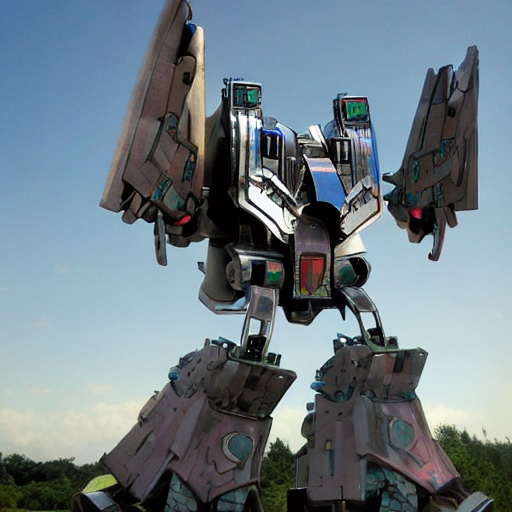Turing v. University v. Industry Lab v. Government
Academic classic career path
school (work experience)
undergrad (remember urop/intern) ->
masters (1-3 years)
phd (internships 2)
post doc contract
research fellowship (RS/RAEng, UKRI, Leverhulme etc etc 3)
faculty position (assoc prof->asst prof -> full prof (tenure)
About 30% of our students -> Masters, and 50% Masters -> PhD
Some take 1-2 years between each step , out in industry (finance or tech)
About 20-30% students switch to another discipline (CS -> finance GS/Accenture/E&Y etc)
About 30% exit at any stage to go to compute tech industry (1) including from Academic
(typical Cambridge non academic destined CS PhD CS might go to Amazon, Microsoft, Google, Apple, etc, but also startups
Some people move from study or research to government roles (civil service or policy).
Turing 2.0
Turing 1.0 for years 1-7 approximated most of these phases with three obvious differences. (note in non AI/CS area, we have other models - e.g. CERN, Sanger, Welcome etc etc)
1. RSDE (REG) was modelled on jobs for senior software engineers at Microsoft Research, and has created an entirely new (but non industry) based career pathway (and is being adopted across UK and more widely
2. Internships (we have incoming in the Turing, as enrichment students, but not outward
3. Fellowships - here's where a nice transition from being supervised/trained in research, to writing own funding proposal to get often 5 years, of autonomous funds - uni/academic departments love it, as they get
a person who is REFable, does leading research (the funds go to people who write the very best proposals, and in some cases, e.g. ERC have to have already a cool very high publication profile already
The funds often only require someone committed 50% to research with up to 50% free to teach (or do other jobs in the uni)
The process of getting UKRI/RS type fellowships is a high quality control mechanism for some people to gain research leadership skills -some people even do several, and they can be got right up to senior level by academics.
It is the way one then learns how to write, and run larger research proposals / projects, with more junior roles (PhDs, postdocs) for the fellow to manage to get a team to tackle larger scale problems, possibly leading to even larger, collaborative grants (programmes of work) with other institutions (going further, possibly, adding partners from other disciplines.
Fellowships reduce, but do not eliminate the precarity of post-doctoral contract research jobs...the Turing could consider a similar role.
Moving from early career to leader
At some point in this career path, someone may get higher levels of recognition and be invited/elected
to various scholarly bodies, to work on advice to the funding agencies, and to government departments.
And of course funds can be got from industry or philanthropic sources, but need some level of autonomy and visibility for someone to be seen as eligible (unless they move with the money to somewhere else where they would be come eligible on arriving...ERC grants sometimes have that effect).
Something not mentioned in this so far is spinout or startups. Policy/careers for this are highly variable across the UK (and EU and US) today...leaving an institution, then coming back can be done (Stanford in US and Cambridge in UK allow it - it is more common in some sectors, e.g. pharma, than others).
Being an academic almost always involves teaching duties - the major plus point of having students in
the supply of smart, educated known quantities for the next stage of their career. Another fine point
is that student projects are niece ways to explore ideas (especially at masters level) - the nearest the
Turing has to this is enrichment students and the University partnership.
However, the longitudinal relation between student and advisor is outside the Turing.
Another good thing the Turing does involving groups of people including students is data study groups.
And what support does the Turing give for these various notions of career pathway development?
Anyone should be able to aspire to one day being an S&I director, or Chief Scientific Officer
Recommends:-
Have a clear pathway for career progression, all the way to the highest level, not excluding S&I leadership, chief science etc.
Celebrate (and re-enforce) the REG/RSE model.
Deal with precarity in a way at least as good or better than current University practice.
Consider how Turing employees can be empowered to seek external funding for (e.g.) fellowships if they are planning to transition to academic posts later.
Similarly, enable and support employees wishing to spin out work and engage in startups. In that same breath, support their return from startups in appropriate ways (tech transfer achieved etc).
Consider supervisory roles and leading training tasks for the above
For career pathways with intention to transition to industry, look at senior possibilities for people liaising with such partners while at the Turing.
The Turing has strong relations with some government departments (e.g. defense&security, but also health, transport, climate etc), and so career pathways that include transition to and from government is another pathway we should curate.

